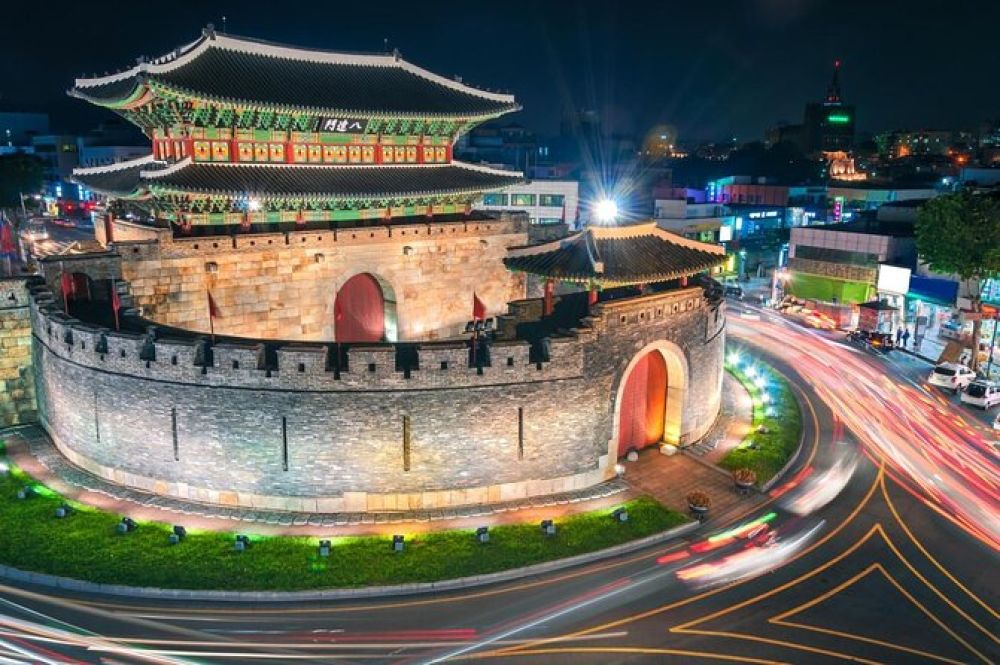

The Hwaseong Fortress, located in Suwon, South Korea, has been a staple in the country’s historical and cultural tourism since it was inscribed as a UNESCO World Heritage Site in 1997. This recognition elevated the fortress to international prominence, attracting history buffs, cultural enthusiasts, and tourists from all over the globe.
Construction of the Hwaseong Fortress began in 1794 and was completed in 1796. It was commissioned by King Jeongjo of the Joseon Dynasty to honor and house the remains of his father, Prince Sado. Although it served a military purpose, the fortress is also known for its unique blend of Eastern and Western architectural styles.
Tourism at Hwaseong Fortress began to flourish significantly after South Korea’s economic boom in the late 20th century. With the country becoming more accessible to international travelers and the domestic middle class seeking leisure activities, the fortress emerged as an important tourist attraction.
Throughout the years, the South Korean government, along with the city of Suwon, continued to invest in conserving and promoting the Hwaseong Fortress. Efforts included the restoration of the structure, development of visitor facilities, and the creation of educational programs that highlighted the fortress’s historical significance.
Festivals and cultural events, such as the Suwon Hwaseong Cultural Festival, have been instrumental in showcasing the fortress’s heritage. These events provide interactive experiences, reenactments, and traditional performances, thus furthering its appeal to both domestic and international visitors.
In recent years, eco-friendly tourism has grown in importance, and Hwaseong Fortress is part of this trend with its surrounding green spaces and walking paths that encourage sustainable practices.
The advent of technology has also seen the rise of virtual and augmented reality tours, where visitors can experience the fortress with enhanced interactivity, offering a unique blend of historical exploration and modern technology.
Cultural immersion continues to be a key trend in the tourism industry, with visitors seeking authentic experiences. The local government has capitalized on this by promoting traditional Korean customs and ceremonies, often set against the backdrop of the fortress, creating a deeply cultural experience for visitors.
Looking ahead, Hwaseong Fortress is expected to maintain its position as a top historical destination in South Korea. With ongoing preservation efforts and innovative tourist attractions catering to experiential travel, the fortress is set to continue to draw visitors keen on exploring South Korea’s rich cultural tapestry and historical depth.
Tourism at the Hwaseong Fortress represents the successful merger between heritage conservation and tourism development. As trends evolve, it stands ready to adapt, offering visitors from all realms an encounter with history that is both enlightening and enjoyable.